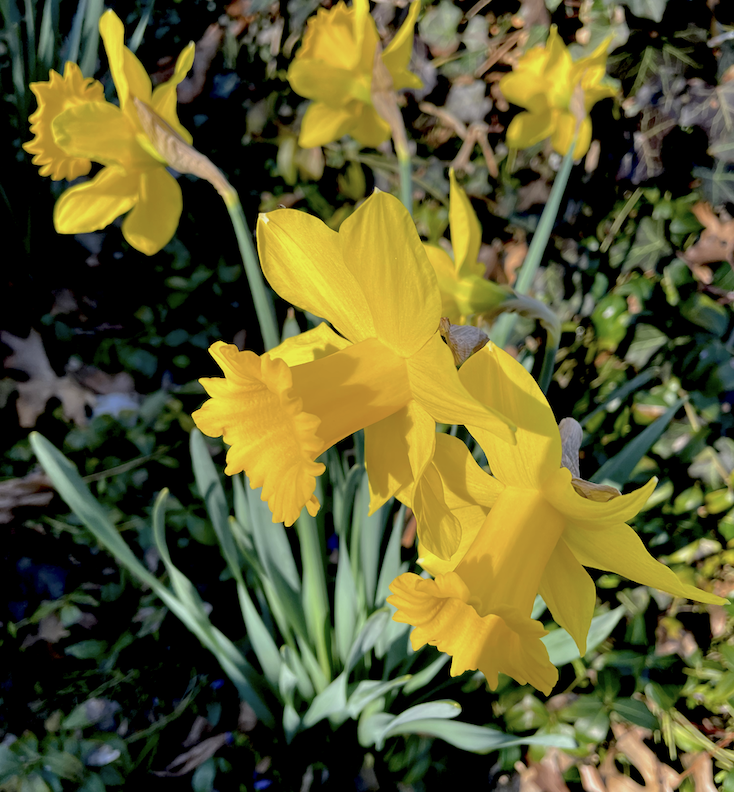Today, Christians celebrate their myth of a savior risen from the dead. Some neo-pagans esteem the relatively obscure female deity, Ēostre. Satanists note that traditions for this day stem from ancient seasonal celebrations which tend to include symbolism of the Spring rising of dormant vegetation, and thus “rebirth” and “resurrection.” There is certainly much beauty in the early flowers emerging here in the Haunted Hudson Valley, witness the daffodils from our garden here at The Black House. Since we are free of any holiday obligations, we might choose to ignore this date altogether. Yet, we diabolists may also enjoy whatever we find to be pleasing from varied cultural festivities associated with this time of year.
Richard Wagner (1813-1883) was a composer who deeply impacted Western music via his operas, working out a sense of evolving tonality and chromaticism as a means for expressing complex passions and elaborate symbolism. His opera PARSIFAL is a truly bizarre theatre work lasting over 4 hours, which melds Christian and pagan symbols as a means to explore European legends of the Holy Grail and Spear of Longinus—bringing together a sacred cup and spear at the conclusion is quite an obvious bit of metaphor. Any form of psychoanalysis highlighting the gamut of human eroticism will find much here for contemplation.
Amongst its characters are the Knights of the Grail, a self-castrated necromancer—Klingsor—who employs a bevy of seductresses to unleash the lusts of those pious armored men. Kundry, his main weapon deployed to seduce the pure Parsifal, is herself eternally reincarnated for having laughed at the Nazarene during his crucifixion. Amfortas, leader of the knights, has an unhealing wound inflicted on him by Klingsor with the sacred spear (make of that what you will). Ultimately the sorcerer is defeated, Kundry absolved, and the wound healed when the lance and grail are brought together again.
The “Good Friday Spell” music from this work, Wagner himself said was an evocation of Nature, and here is a splendid performance by the redoubtable sonic sorcerer, Leopold Stokowski—perfect listening for an afternoon contemplating one’s burgeoning garden. It is lush, languid, and languorous. Relax, inhale deeply of the Spring air, and enjoy!
A growing number of Satanists enjoy rebranding this day, exchanging greetings of “Happy Beaster!” for they use this occasion as a reminder of the love, respect, and awe we have for non-human animals, with whom we are so evidently kin. It is always delightful to have yet another way to celebrate the splendors of Nature’s fauna, especially our “bestie beasties,” who share our homes and environments.
Whatever pleases you to do this day—even if it be amused observations of those around you—may your vital lives be filled with an abundance of joy and a plethora of delights as you move in harmony with the glories of Nature!
—Magus Peter H. Gilmore

